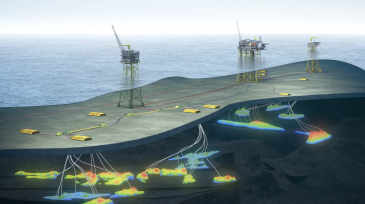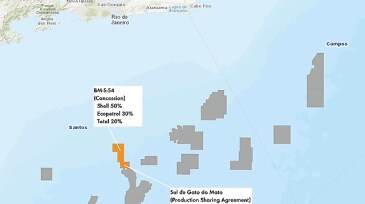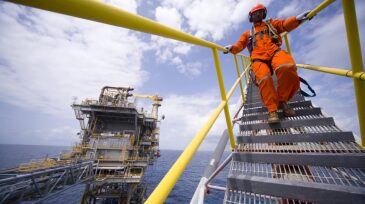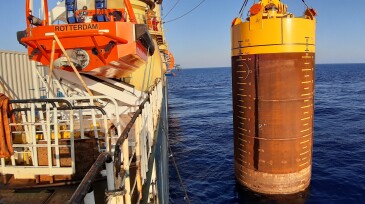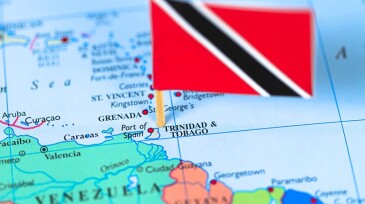Offshore/subsea systems
Vår Energi ASA and partners have officially sanctioned the Previously Produced Fields Project in the Greater Ekofisk Area. The redevelopment is expected to add high-value barrels starting in 2028, extending the production life of one of Norway’s key offshore regions.
Sponsored
As HPHT wells push equipment to the edge of material limits, operators are turning to advanced thermoplastics and sealed electrical assemblies to maintain system integrity. From ESP insulation to BOP control systems, the right component design can prevent failures, lower intervention costs, and extend equipment life in the harshest offshore environments.
The new development is estimated to hold 46 million bbl of recoverable oil and is planned to start up in late 2028.
-
Talos turns to Louisiana-based engineering firm for upgrades to tension-leg platform in the US Gulf of Mexico.
-
Aker BP submitted the NOAKA development plan along with 10 other investments on the Norwegian shelf that collectively represent one of the largest private industrial developments in Europe.
-
Operator also moves forward with electrification of the Njord field.
-
Development of these offshore fields carries a combined price tag net to Aker BP of $19 billion.
-
A successful round of sea trials moved the seismic technology company Blue Ocean Seismic Services closer to operational scaleup and commercial operations of its data-collection network.
-
The supermajor is expected to put off green-lighting the presalt project for up to 2 years.
-
The subsea partners secured a contract for the Cypre gas project offshore Trinidad and Tobago.
-
Settlement of the maritime border between Israel and Lebanon will unlock new natural gas reserves in the Eastern Mediterranean.
-
Oil and gas operators around the globe are targeting reductions in offshore carbon emissions, and facilities electrification is the key that will help them meet their goals.
-
The Cypre offshore gas project announcement comes the day after the energy company renewed its supply contract with the country’s national gas company.





